Many people accept that humility is a virtue, one that contributes to an individual’s success or legacy. Treating others respectfully and as equals is a courteous thing to do, as is recognizing everyone’s individual value and innate strengths. This is what I teach my children and the value that I integrate into how I run my business as well as my life.
This extends far beyond an altruistic ideal, though. Humility is not simply being self-depreciating or passive. In fact, it’s less about our relationship with other people and more reflective of the relationship we have with ourselves. Humility is about being fully aware of your humanity and your interdependence with others. It allows us to be self-aware and recognize where we may have gaps in our knowledge or in our control. This is a proven value that can have concrete and positive ramifications in our everyday life, specifically in our investments. Trust me, it’s not that big of a leap.
- Humility is understanding that I do not know everything. This means that I can make mistakes. It also reinforces that there are others who may have more knowledge or a different perspective that may provide value to the decisions I make. Whether you’re talking about a doctor, a lawyer, a tax accountant or in my case, a financial planner, there are folks who have the knowledge and passion to help you.
- Humility is understanding that I do not control everything. This means that things will happen that I have no power over, that I could not predict, and that may cause a few bumps in the road. In those moments, it’s good to refrain from acting impulsively or emotionally. Preparation and flexibility are also key. It’s best to plan for emergencies, fluctuations in the market, and other surprising events to understand what to expect, stay focused on the bigger picture and be prepared for not necessarily doing things “as usual”.
Once we accept these points, we can recognize where we may need assistance and be open to advice from expert counsel. When we do that, we do it for our own personal benefit, arming ourselves with the resources for monetary and overall success. Michael McGrath sums it up nicely in his article, “Humility in Investing: Why It’s Important”,
“Overconfidence tells you that it must be the other thing that was wrong—I see it all the time in my work. But humility allows you to say, “I’m not perfect, was there something that I might have been able to do better?”1
The Advisors at Trilogy Financial are here to be your resource on the road to doing things better. Our accomplishments are measured by your success and ability to achieve your financial freedom.

